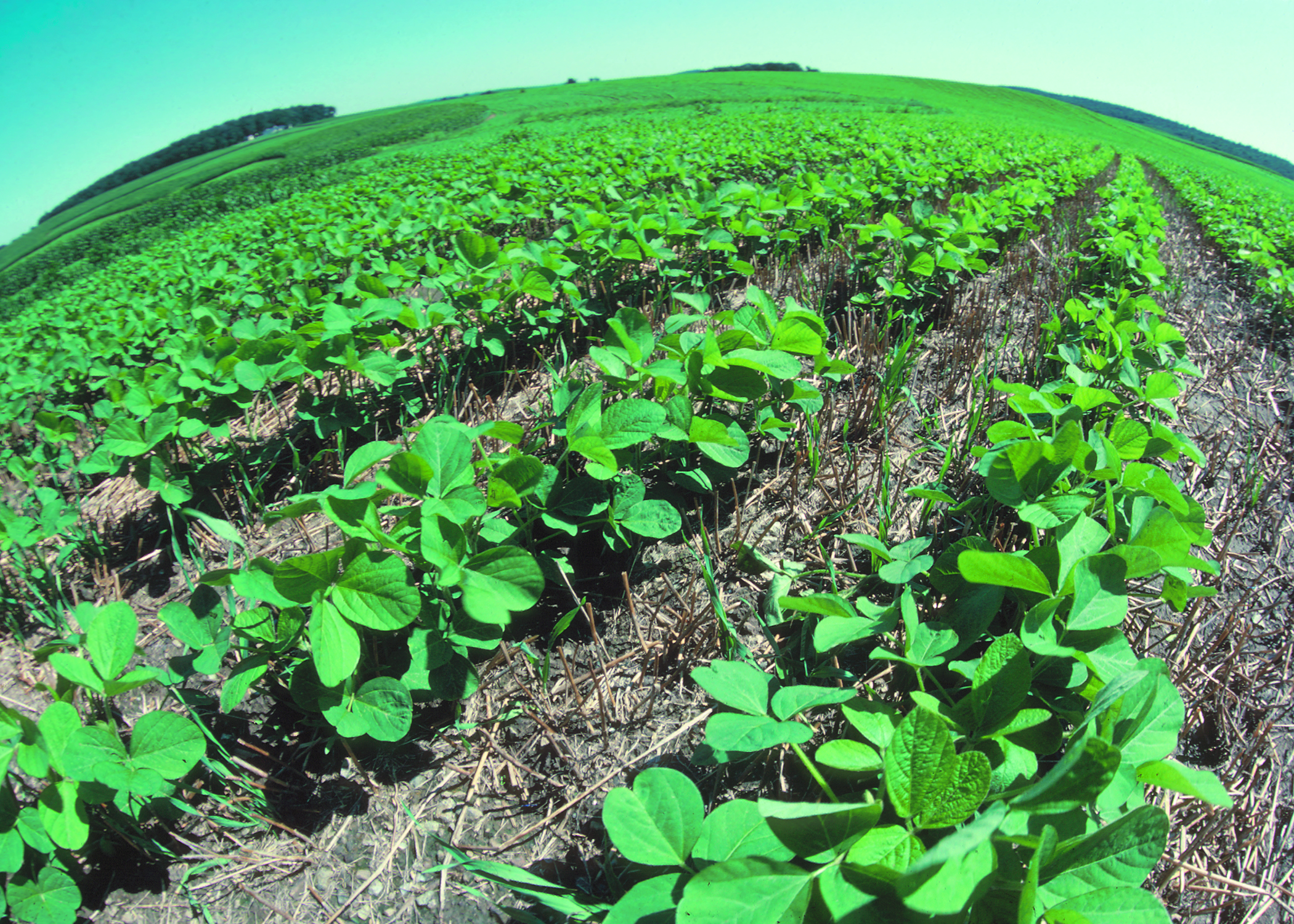



The Australian story of farmer innovation in Conservation Agriculture reveals a complex interplay of policy, economics, science, and farming. Farmer experimentation with Conservation Agriculture began in the 1960’s and has continued to this day where around 80%-90% of Australia’s 23.5 million hectares of winter crops are now grown using Conservation Agriculture principles. This remarkable achievement is the result of both sustained investment in agricultural research and development and farmer innovation. Australian economic settings and science policies have encouraged and facilitated farmer participation in the Conservation Agricultural innovation system. Australian farmers have embraced Conservation Agriculture because it has met their needs, maintaining productivity and profitability in the face of declining terms of trade, and sustainably intensifying production with enhanced environmental outcomes. Drawing on individual farmer case studies, the specific strengths of farmer innovation are identified and the enabling conditions necessary for farmer innovation to flourish are discussed.
Historically, agriculture has been as important in the development of Australia, as it was in the United States. Australia’s traditional dominance in wheat and sheep continues into the 21st century. Recently Australian agriculture has become increasingly diversified. The considerable expanses of arable land have helped Australia to become a leading world exporter of grains, meats, and wool. Both grains (predominantly wheat and barley) and wool markets around the world are dominated by Australian exports. The market for cattle is more regional but is becoming increasingly important globally, given health concerns about European-produced beef. While only about 6 percent of Australia is suitable for crops and pasture, a considerable amount (60 percent) of the land area is suitable for cattle grazing.